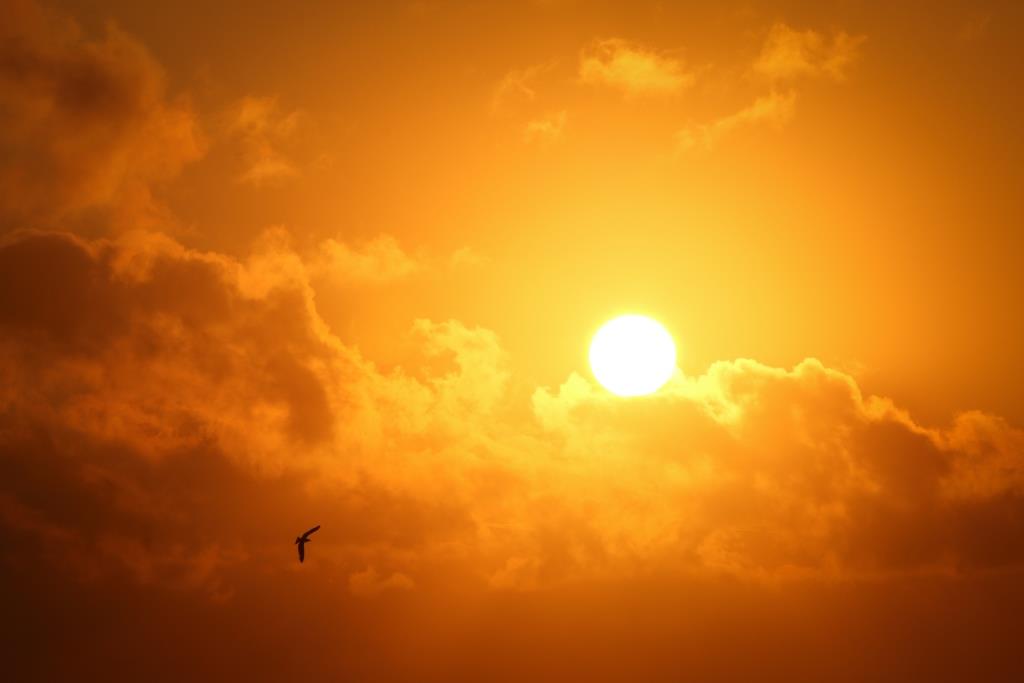What is thermal energy? That is just heat. The kinetic energy of molecules determines the temperature. The faster those molecules move around, the higher the temperature, the more energy something contains.
Tangible and latent heat
Tangible heat is heat that causes a rise in temperature, but that keeps volume and pressure at the same level. The temperature changes and that is what we feel. Latent heat does not influence the temperature, but causes a phase transition. For instance from ice to water, from water to steam or from solid to gas.
Fossil heat sources
Fossil heat sources are natural gas, oil and coal. In the Netherlands natural gas is the most important heat source. Compared to other European countries, we use a lot of natural gas. As much as 95 percent of the Dutch are connected to the gas grid. To be able to reach the climate goals, the Netherlands has to remove natural gas and other fossil fuels. That is why we are actively looking for alternative heat sources.
Alternative sources of thermal energy

Solar heat
Sun radiation (infrared, light and UV) is converted into heat by a solar collector. There are various versions of solar collectors, such as heat pipes, flat-plate collectors, thermodynamic panels and PVT panels.
Residual heat
For instance from the agricultural sector or industry. In industry a lot of work is done using much higher temperatures than the heat that we need in our living rooms. For example, consider the high temperatures necessary for processing metals or incinerating waste. This residual heat can be used for heating our houses.
Geothermal heat
Geothermal heat is heat taken from the earth. The closer you get to the earth’s core, the hotter it gets. In order to take thermal energy from the earth, deep holes are drilled into the ground and water is pumped upwards. The appropriate strata in the Netherlands can be found at a depth of four kilometres.
Electric heating with a heat pump
A heat pump is an electric substitute for the central-heating boiler and it pumps energy from a cold to a warm environment. Thus, electricity is coverted into heat. A heat pump is used for heat and cold storage, heat grids and all-electric solutions.
Thermal energy storage
There are various ways to store thermal energy. Roughly they can be divided into three variants: latent, thermochemical and tangible heat storage.
Latent heat storage is possible for a phase transition in Phase Change Materials, like from water to ice. Thermochemical storage involves heat storage by means of a chemical reaction, for instance between water and salt. By reversing this reaction the heat is released again. These technologies are still in research phase.
Tangible heat can be stored in water or oil, which can absorb and conserve heat. This is a proven technology that involves the storage of heat or thermal energy in a buffer tank. The biggest challenge regarding this, is to store the energy generated in summer for use in winter. Seasonal storage.





